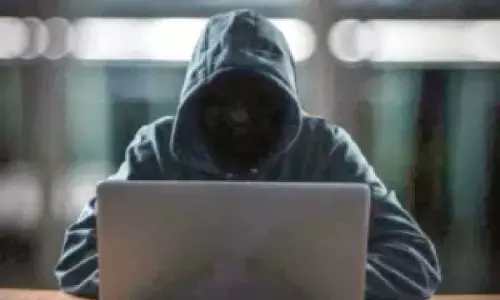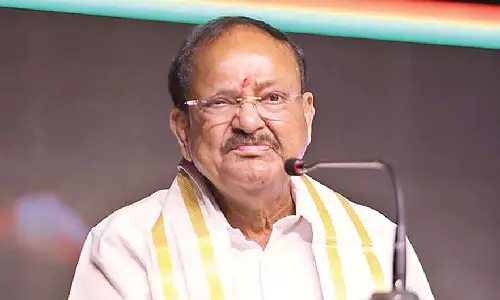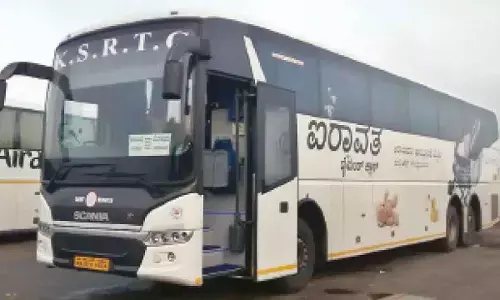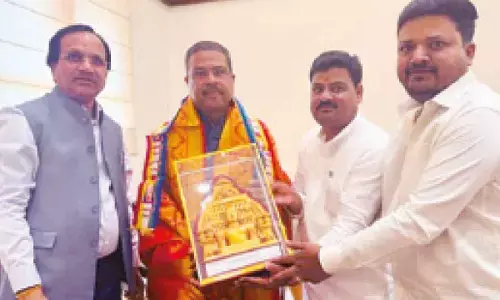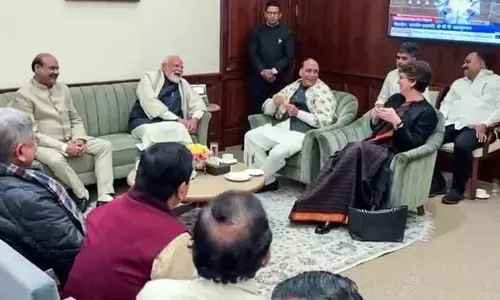A pacemaker for the spinal cord?

Spinal cord has pathways (called tracts) that carry pain signals from any part of the body (neck and below) and a relatively new and exciting technology opens up possibilities of controlling pain that may be impossible to control with other means.
Spinal cord has pathways (called tracts) that carry pain signals from any part of the body (neck and below) and a relatively new and exciting technology opens up possibilities of controlling pain that may be impossible to control with other means. Uncontrolled pain drastically impairs the quality of life, and this technology offers a ray of hope to the worst affected people.
Among the common pain syndromes that can be effectively treated using this technology, is pain arising from Brachial plexus injury, which common results from road traffic accidents wherein one of the arms stops working due to a severe stretch injury to the nerves as they pass into the arm. Sadly, this condition involves young people, and although specialized nerve surgery may alleviate the loss of movement, severe unremitting pain can devastate the quality of life.
Good news for the people suffering untreatable back pain. Sometimes medications may not be fruitful in relieving the spinal pain be it injections, topical or oral pain medications. In extreme cases a neurosurgeon has to decide to take up for surgery after which, in 5-10% cases a chronic back and leg pain persists post surgery and the patient may not get permanent relief from pain, sometimes even after multiple surgeries.
This is called as "failed back syndrome" or "Post-laminectomy syndrome" and commonly results from either excessive inflammation or scar tissue around the nerves, despite adequate surgery. Other pain syndromes, such as complex regional pain syndromes are also good indications for this procedure.
Fortunately, there is a 'New technology' developed that can override back pain-'Pacemaker for the spinal cord'. When a patient has exhausted all the therapies, medications or surgeries, this device reduces the chronic back pain by manipulating the nerve pathways.
What is a pacemaker for spinal cord?
Just as a pacemaker can regulate the contraction of the heart muscle and provides a mechanism for a normal rhythm, a pacemaker for spine can be the last resort for those who suffer from back pains that can disrupt their daily functioning.
The device is implanted under the skin, and when the electrode is put over the spinal cord, electrical impulses are generated that neutralize the pain impulses, thus overriding the pain. This mechanism works over the principle known as 'Gate control theory of pain.'
Mechanism – Gate Control Theory
This theory says that the non-painful impulses close the gates to the painful input that prevent the painful sensation to travel from periphery to the central nervous system (from spinal cord to the brain) that can suppress the pain. When a tissue is injured or damaged, it is not that easy for the pain signals to reach the brain.
These signals have to pass through 'gates' at the spinal cord level known as the 'Neurological gates' which decides whether or not to allow these signals to the brain. The nerve fibres can be classified into 3 categories namely- A, B, and C fibres. The A types are further classified into A-alpha, A-beta, A-gamma, and A-delta.
Out of which A-delta and C fibers carry the pain signals to the spinal cord. In the back of the spinal cord, in the Dorsal horn, a specialized area called the Substantia Gelatinosa where these nerves communicate and carry the impulses to the spinal cord. These impulses can be reduced by other interneurons by the release of Morphine-like chemical called 'Enkephalins'.
How does 'new tech' feel?
Based on this principle, an electronic device is implanted under the skin and electrodes are placed in the spinal cord space called as the 'epidural space. Electrical impulses are generated with high frequency with a few milliamperes current that blocks the pain signals from travelling through the spinal cord to the brain.
The implantation doesn't require any major surgery, except a sterile room for operating. And usually it is done in two steps: (i) trial implant, (ii) permanent implant. It is important to know how well the patient reacts to the stimulation before getting it permanent. A temporary implantation is done which is connected to an external stimulator and are programmed to cover the painful areas and to find out the following:
- Helps the patient decide whether this therapy is effective for the level, type, location and the severity of pain.
- As it has various stimulation settings and programs, the effectiveness with patient body is also checked.
- Depending on the type and level of relief- immediate or with time, the type of system to be implanted like the conventional, or the rechargeable can be decided.
If this process is pain relieving, the second step is followed, with the permanent implantation. One or more leads are inserted depending upon the pain in the exact location using a small needle or an incision. It can be implanted in any comfort zone of your choice but commonly and preferably embedded in the lower abdomen on one side.
(Writer is HOD, Neurosurgery, Batra Hospital, New Delhi)
By Dr Amithabh Gupta








